The Immortal Jellyfish That Can Live Forever: Nature’s Greatest Biological Mystery
Imagine floating in the ocean and seeing a jellyfish pulse by. Its bell is translucent, a ghostly shimmer in the water. What if I told you that this fragile creature could potentially live forever? Let’s meet Turritopsis dohrnii, the immortal jellyfish, capable of a feat that defies nature: reverting back to its juvenile polyp stage. This incredible ability has huge implications for science and challenges everything we know about aging.
Let’s meet Turritopsis dohrnii, the immortal jellyfish, capable of a feat that defies nature: reverting back to its juvenile polyp stage. This incredible ability has huge implications for science and challenges everything we know about aging.
🔹 Info Box
Turritopsis dohrnii is native to the Mediterranean Sea but has spread worldwide via ship ballast water.
The Life Cycle of Turritopsis dohrnii: From Medusa to Polyp and Back Again
Most jellyfish follow a pretty standard path. They start as larvae, grow into polyps, and eventually mature into free-swimming medusae. Turritopsis dohrnii throws a wrench in this process with a trick up its tiny sleeve.
The Medusa Stage: A Familiar Beginning
The medusa stage is the adult form we often picture when thinking about jellyfish. They drift through the water, hunting small prey with their tentacles. They reproduce sexually, releasing eggs and sperm into the sea. The fertilized eggs then develop into larvae, restarting the cycle for all other jellyfish.
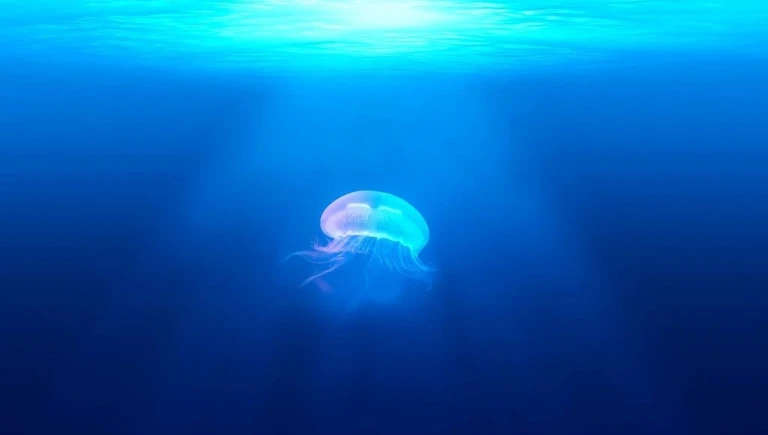
Triggering the Transformation: Stress and Survival
Here’s where things get interesting. If Turritopsis dohrnii faces tough conditions, like starvation, physical damage, or sudden changes in water temperature or salinity, it can cheat death. Instead of dying, it transforms back into a polyp. This response is a survival mechanism when times get tough.
The Polyp Stage: A Second Chance at Life
The polyp is a stationary, stalk-like form that attaches to surfaces like rocks or the seafloor. The polyp then forms a colony. From this colony, new, genetically identical medusae bud off. It’s like the jellyfish is reborn, starting its life cycle again. This process can repeat indefinitely, making it potentially immortal.
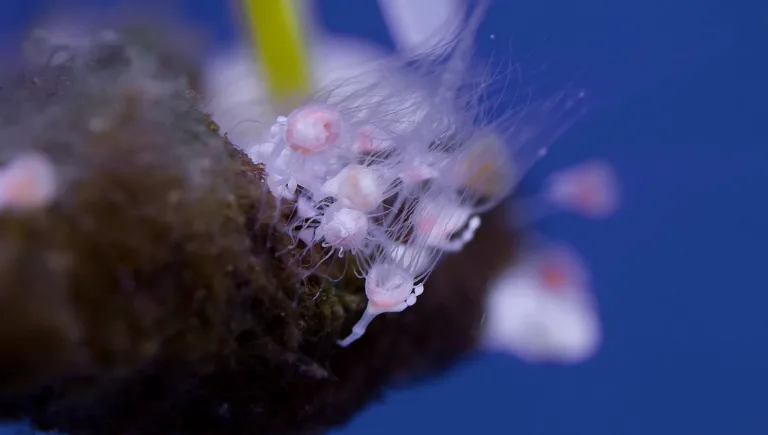
How Does Immortality Work? The Science Behind Transdifferentiation
The magic behind the immortal jellyfish lies in a process called transdifferentiation. It allows cells to transform from one type to another. Think of it as rewinding the clock on its cells.
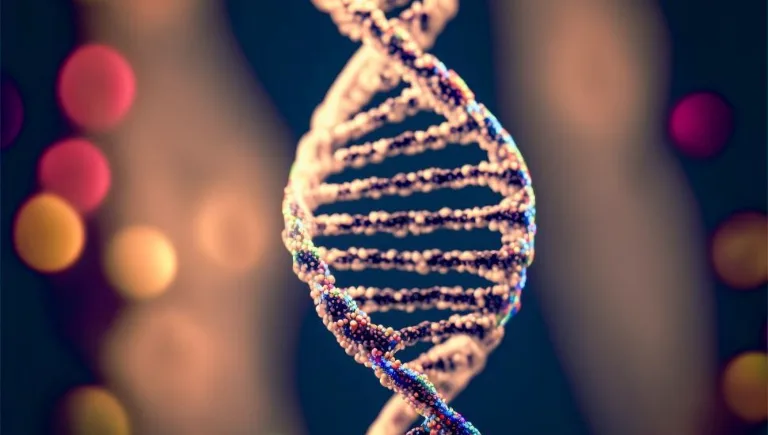
Cellular Transdifferentiation: Rewinding the Clock
Transdifferentiation is like a cell changing its job. A muscle cell might turn into a nerve cell. In the case of Turritopsis dohrnii, its adult cells revert to their earlier, undifferentiated state. Then these cells can become any type needed to form a new polyp. This process requires careful control to avoid the formation of tumors.
💡 Did You Know?
The immortal jellyfish is only about 4.5 mm in size—smaller than a pinky nail!
Genetic Factors: Unlocking the Secrets of Reversal
Scientists are studying the genes involved in this amazing transformation. Some genes are activated while others are silenced, orchestrating the change. Researchers hope to identify the key genes responsible for immortality. This could possibly help with human regenerative medicine.
Telomeres and Aging: A Potential Connection?
Telomeres are protective caps on the ends of our chromosomes. They shorten as we age, contributing to cell damage. It is unclear if Turritopsis dohrnii have unique telomere properties. It’s possible their telomeres behave differently compared to those of other species. Further research may unlock more secrets of eternal life.
📌 Quick Fact
Telomeres protect DNA from damage. In most species, they shorten over time—but researchers wonder if Turritopsis dohrnii is different.
The Ecological Impact of an Immortal Species
The concept of an immortal species sounds cool, but what are the real-world effects on the ocean ecosystem? How does this remarkable ability affect the balance of nature?
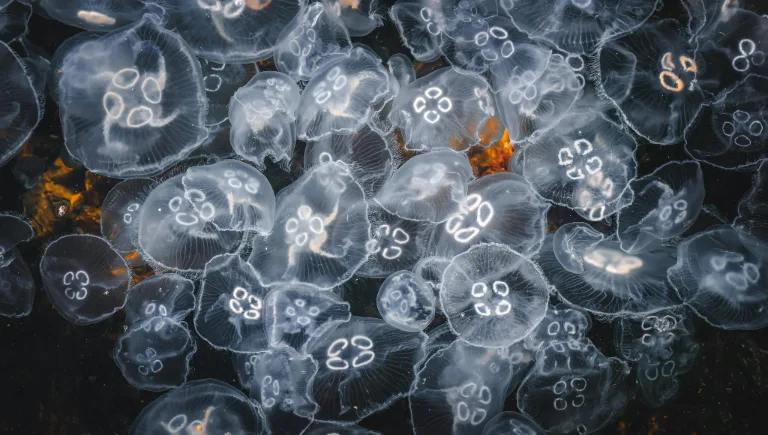
Population Dynamics: Are Immortal Jellyfish Taking Over?
Because it can revert to a polyp, Turritopsis dohrnii can increase its numbers quickly in certain environments. This can change the population size. Scientists are working to understand how far and wide these jellyfish are. They are trying to determine the impact on marine life.
Predation and Competition: How Do Other Species Cope?
These jellyfish are small, so many predators eat them. Sea turtles, larger fish, and seabirds are among them. Turritopsis dohrnii also compete with other marine organisms for food, potentially impacting those populations. If their numbers grow too large, the competition can grow.
Implications for Humans: Can We Learn from the Immortal Jellyfish?
The immortal jellyfish could hold the key to some of humanity’s biggest challenges. What if we could harness its regenerative abilities for our own benefit?
Regenerative Medicine: Healing and Tissue Repair
Imagine a future where damaged organs could be repaired with ease. The transdifferentiation process in jellyfish offers some exciting possibilities. It could help us develop new ways to regenerate tissues and heal injuries. This may one day lead to treatments for spinal cord injuries.
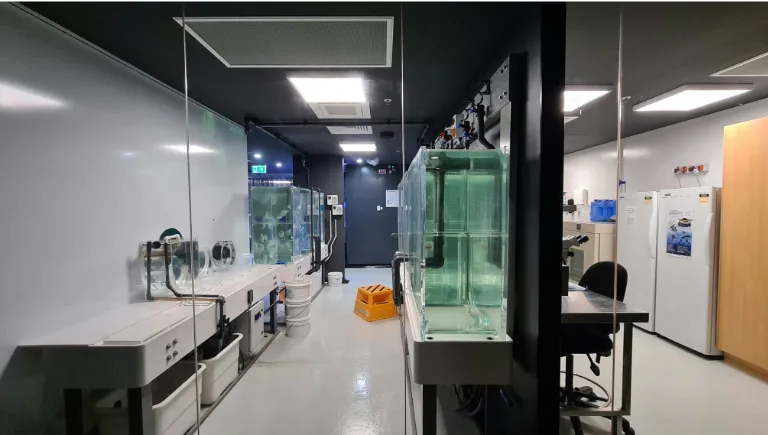
Anti-Aging Research: Unlocking the Secrets of Longevity
Can the immortal jellyfish help us live longer or treat age-related diseases? This is a question that scientists are working to answer. By studying how these jellyfish avoid aging, we could learn more about slowing down the aging process. This knowledge could potentially lead to treatments for diseases like Alzheimer’s or Parkinson’s.
The Future of Turritopsis dohrnii: Threats and Conservation
Despite its immortality, Turritopsis dohrnii faces threats in our changing world. It is important to protect these creatures.
Environmental Changes: Pollution and Climate Change
Pollution can harm marine life. Ocean acidification makes it harder for marine animals to build shells and skeletons. Changes like these can impact the jellyfish and their habitat. Taking action can help protect the jellyfish.
⚠️ Warning Box
Despite its ability to “live forever,” the immortal jellyfish is not immune to pollution, habitat loss, and climate change.
Research and Monitoring: Tracking the Immortal Jellyfish
Scientists are actively studying Turritopsis dohrnii to understand its biology and track its populations. More research can help us to understand how it interacts with its environment. This data can help us protect them in the future.
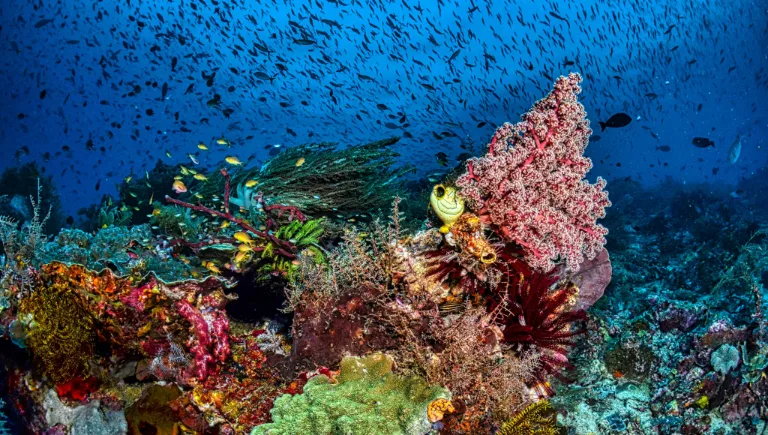
Conclusion
Turritopsis dohrnii, the immortal jellyfish, is a marvel of nature with an extraordinary ability to revert to its polyp stage. Its unique talent has significant implications for science and medicine, particularly in regenerative medicine and anti-aging research. Understanding this tiny creature can provide crucial insights into the secrets of regeneration and longevity. It’s time to learn more about marine conservation and support research. Doing so can help to explore these possibilities and preserve our oceans.







